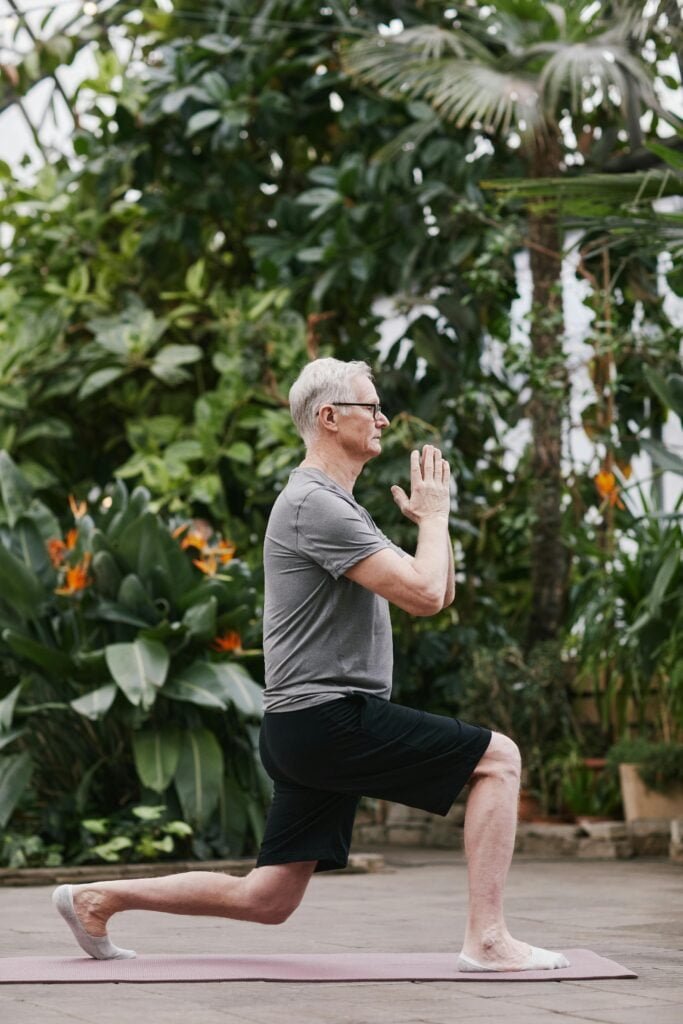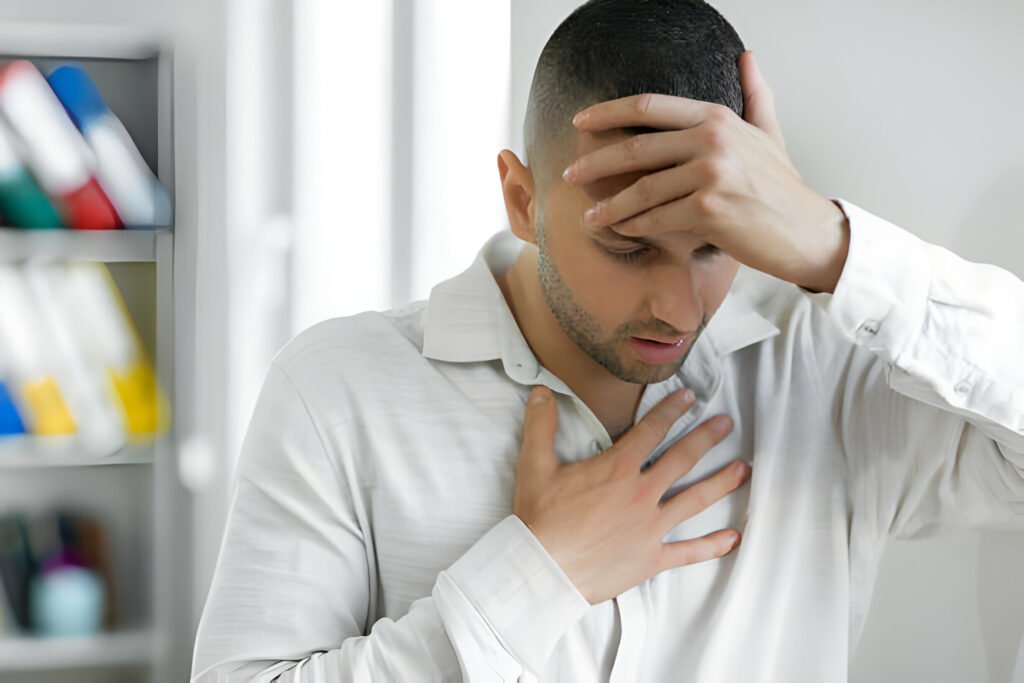Blog

Anxiety and panic attacks affect millions worldwide, impacting daily life and well-being. Recognizing triggers and developing coping strategies are crucial for managing these conditions. With anxiety disorders being the most common mental illness in the U.S., affecting 40 million adults, coping mechanisms are essential. Breathing exercises, mindfulness techniques, and seeking professional help are effective strategies. Understanding the importance of self-care and stress management contributes to overall mental health. By acknowledging the prevalence of anxiety and panic disorders and implementing coping strategies, individuals can lead fulfilling lives despite these challenges.
Understanding Anxiety and Panic Attacks
Anxiety disorders encompass various conditions, including generalized anxiety disorder (GAD), social anxiety disorder (SAD), and panic disorder. GAD involves excessive worry about everyday matters, while SAD entails fear of social situations. Panic disorder involves recurrent, unexpected panic attacks characterized by intense fear and physical symptoms.
These disorders result from a complex interplay of genetic, environmental, and neurobiological factors. Neurotransmitters like serotonin and norepinephrine play a role in regulating mood and stress response, contributing to anxiety symptoms. Understanding the different types of anxiety disorders and their underlying mechanisms is essential for effective management. There are differences between panic and anxiety attacks.
Recognizing Triggers

Identifying triggers is crucial for managing anxiety and panic attacks. Triggers can be internal or external stimuli that provoke anxiety symptoms. Internal triggers include negative thoughts, memories, or bodily sensations, while external triggers encompass specific situations, environments, or stressors. Anxiety and panic attacks can affect children as well as adults including your some of your pets at home
Read more here;https://order.store.mayoclinic.com/books/gnweb43
Common triggers include work-related stress, relationship conflicts, financial worries, traumatic events, or phobias. By recognizing triggers, individuals can implement proactive strategies to mitigate their impact and prevent the onset of anxiety symptoms. Keeping a journal to track triggers and associated symptoms can aid in identifying patterns and developing targeted interventions.
Deep Breathing Exercises
Deep breathing techniques are effective for reducing anxiety symptoms and promoting relaxation. Diaphragmatic breathing, also known as belly breathing, involves inhaling deeply through the nose, allowing the abdomen to expand fully, and exhaling slowly through the mouth.
This technique stimulates the body’s relaxation response, counteracting the physiological arousal associated with anxiety. Deep breathing increases oxygen flow to the brain, calms the nervous system, and lowers heart rate and blood pressure. Practicing deep breathing exercises regularly enhances respiratory function and improves stress resilience.
Progressive Muscle Relaxation (PMR)
Progressive Muscle Relaxation (PMR) is a relaxation technique that involves systematically tensing and relaxing muscle groups to reduce tension and promote relaxation. Begin by tensing a specific muscle group, such as the hands or feet, for 5-10 seconds, then release the tension completely, allowing the muscles to relax fully.
Progress through different muscle groups, moving from the feet to the head, tensing and relaxing each group sequentially. PMR helps individuals become more aware of muscle tension and learn to differentiate between tension and relaxation. Regular practice of PMR can alleviate muscle stiffness, enhance body awareness, and induce a state of deep relaxation.
Mindfulness Meditation
Mindfulness meditation is a practice that cultivates present-moment awareness and nonjudgmental acceptance of thoughts, emotions, and sensations. It involves focusing attention on the breath, bodily sensations, or external stimuli, without attachment or aversion. Mindfulness allows individuals to observe their thoughts and feelings without getting caught up in them, fostering a sense of detachment and perspective.
Research suggests that mindfulness meditation can reduce anxiety symptoms by promoting emotional regulation, increasing self-awareness, and enhancing resilience to stressors. Integrating mindfulness into daily life can improve overall well-being and mitigate the impact of anxiety and panic attacks.
Cognitive Behavioral Therapy (CBT)
Cognitive Behavioral Therapy (CBT) is a evidence-based psychotherapeutic approach that addresses the cognitive and behavioral aspects of anxiety disorders. CBT helps individuals identify and challenge negative thought patterns and beliefs that contribute to anxiety. By examining the accuracy and validity of these thoughts, individuals can develop more balanced and rational perspectives.
Behavioral techniques, such as exposure therapy and behavioral experiments, are used to gradually confront feared stimuli and test out alternative behaviors. CBT equips individuals with coping skills to manage anxiety symptoms effectively and prevent relapse. Research indicates that CBT is highly effective in treating various anxiety disorders, with long-lasting benefits.
Exposure Therapy
Exposure therapy is a behavioral intervention that involves gradual and systematic exposure to feared stimuli or situations. The goal of exposure therapy is to reduce anxiety and fear responses through repeated exposure to the source of anxiety. This exposure can be imaginal (mental imagery) or in vivo (real-life situations). By confronting feared stimuli in a safe and controlled environment, individuals learn that their feared outcomes are unlikely to occur, leading to a decrease in anxiety over time. Exposure therapy is often used in conjunction with relaxation techniques and cognitive restructuring to maximize its effectiveness. Research supports the efficacy of exposure therapy in treating specific phobias, social anxiety disorder, and panic disorder.
Medication

Medication can be a valuable adjunct to psychotherapy in the treatment of anxiety disorders. Selective serotonin reuptake inhibitors (SSRIs) and serotonin-norepinephrine reuptake inhibitors (SNRIs) are commonly prescribed antidepressants that are effective in reducing anxiety symptoms. These medications work by increasing the levels of neurotransmitters serotonin and norepinephrine in the brain, thereby improving mood and reducing anxiety.
Benzodiazepines are another class of medication used to treat anxiety disorders, but they are typically prescribed for short-term use due to the risk of dependence and tolerance. Beta-blockers may be prescribed to alleviate physical symptoms of anxiety, such as rapid heartbeat and trembling. It’s important to consult with a healthcare professional to determine the most appropriate medication and dosage for individual needs.
Lifestyle Modifications
Another way to control anxiety and panic attacks is simple lifestyle changes can have a significant impact on reducing anxiety symptoms and improving overall well-being. Regular physical exercise is known to reduce stress, improve mood, and promote relaxation by releasing endorphins, the body’s natural mood elevators. Adequate sleep is essential for cognitive function, emotional regulation, and stress management. Establishing a consistent sleep schedule and practicing good sleep hygiene can improve sleep quality and reduce anxiety.
Read more;https://order.store.mayoclinic.com/books/gnweb43
Balanced nutrition plays a crucial role in supporting brain health and mood stability. Limiting caffeine and alcohol intake can help prevent the exacerbation of anxiety symptoms. Engaging in relaxation techniques, such as yoga, meditation, or tai chi, can promote relaxation and reduce stress levels. By incorporating these lifestyle modifications into daily routines, individuals can effectively manage anxiety and enhance their overall quality of life.
Read More https://haw365hub.com/difference-between-stress-and-anxiety-and-depression
Conclusion
Coping with anxiety and panic attacks requires a multifaceted approach that addresses both psychological and physiological aspects. By understanding triggers, practicing relaxation techniques, seeking professional help, and making lifestyle modifications, individuals can effectively manage symptoms and improve overall well-being. Remember, with patience, perseverance, and support, it’s possible to handle anxiety with confidence and resilience.

